How Do We Lose Body Heat Conduction, Convection, And Radiation
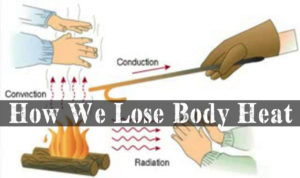
How Do We Lose Body Heat Conduction, Convection, And Radiation
Want to know how you lose body heat?
Heat is transferred by three ways. Conduction, Convection, And Radiation.
Right Now As I write this I’m losing body heat on my backside from Convection. Sitting in my hammock without a pad under me.
My legs are being warmed by conduction using an electric blanket.
And lastly, my tiny house is usually warmed by radiant heat provided by my Buddy Burner heater.
Just as how Conduction, Convection, And Radiation are the methods by which we lose body heat they are also how we gain warmth.
Let’s break down each of the three heat transfer mechanisms in depth.
Conduction
Conduction is the transfer of heat between substances that are in direct contact with each other.
Whenever two things come into contact with each other the one with the higher temperature will begin to transfer that heat to the colder one.
You lose body heat in air temperatures lower than 68°F .
The body loses about 2% of its heat through air conduction. However, you will lose body heat much faster in water.
If you have ever tried to sleep on the ground without a sleeping pad you will know this. The parts of your body making contact with the ground begin to feel cold.
To prevent this you need a sleeping pad or improvised ground cover. You can make a big pile of leaves sleep on.
Basically, you want to have a buffer between you and a cold surface so you don’t lose body heat through conduction.
Convection
Convection is when a fluid, such as air or a liquid, is heated and then travels away from the source, it carries the thermal energy along.
The next way we lose body is called convection. The definition of convection is weird but I’ll explain it better.
When you boil water you will notice steam rising off it. The steam is carrying away heat as it rises. The same occurs when you step out of a really hot shower and see steam rising off yourself.
That’s a visual example but it is happening even if you can’t see it.
The body loses 10% to 15% of its heat through convection.
Convection causes movement as well that will steal heat. Like wind blowing on you. Or the air movement under your hammock.
To prevent heat loss through convection you want to minimize air flow.
Putting a barrier to prevent the wind from blowing across you will help slow down heat loss from convection.
Radiation
Thermal radiation generates from the emission of electromagnetic waves. These waves carry the energy away from the emitting object.
The last way we lose body heat is through radiation. Just like the buddy burner, a wood stove or the sun.
Radiation does not need to come into contact with a solid or have movement. It simply projects out the heat.
Think of it this way. Turn on the eye of your stove top. You see it turn red and know it’s hot. Now hold your hand above it. With no air blowing from it to you and without touching it you can feel it’s heat.
In air temperatures below 68°F, you will radiate your body heat out. Just like a wood stove , you are projecting your heat.
This means it is leaving your body. And the body loses 65% of its heat through radiation.
Hence why we want to have proper clothing to trap that heat in. The more body heat your clothes can retain the warmer you will be.
There are nuances though to clothing keeping you warm. You will want clothing that allows moisture to move away from your skin. And to prevent air flow from getting to your skin.
In the winter for cotton under layers will get damp from sweat and then rapidly cool you down.
Conclusion
Now you know how you lose body heat. You understand how heat is transferred by convection, conduction, and radiation.
And I left out the complicated science. No need to know that when matter is heated molecules move faster. And when faster-moving molecules come into contact with slower ones they transfer their kinetic energy to them thus speeding up the slower moving particles while itself slowing down. AKA conduction.
Understanding the mechanics behind how we lose body heat also teaches how to retain it.
Knowing how it is lost and gained will help you to stay warm and alive in a survival situation.
Subscribe to the show
Want to hear yourself on the podcast? Call in with your questions at (615) 657-9104 and leave us a voice mail.
Like this post? Consider signing up for my email list here > Subscribe
Think this post was worth 20 cents? Consider joining The Survivalpunk Army and get access to exclusivecontent and discounts!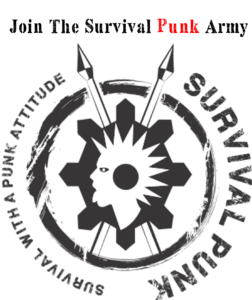 |


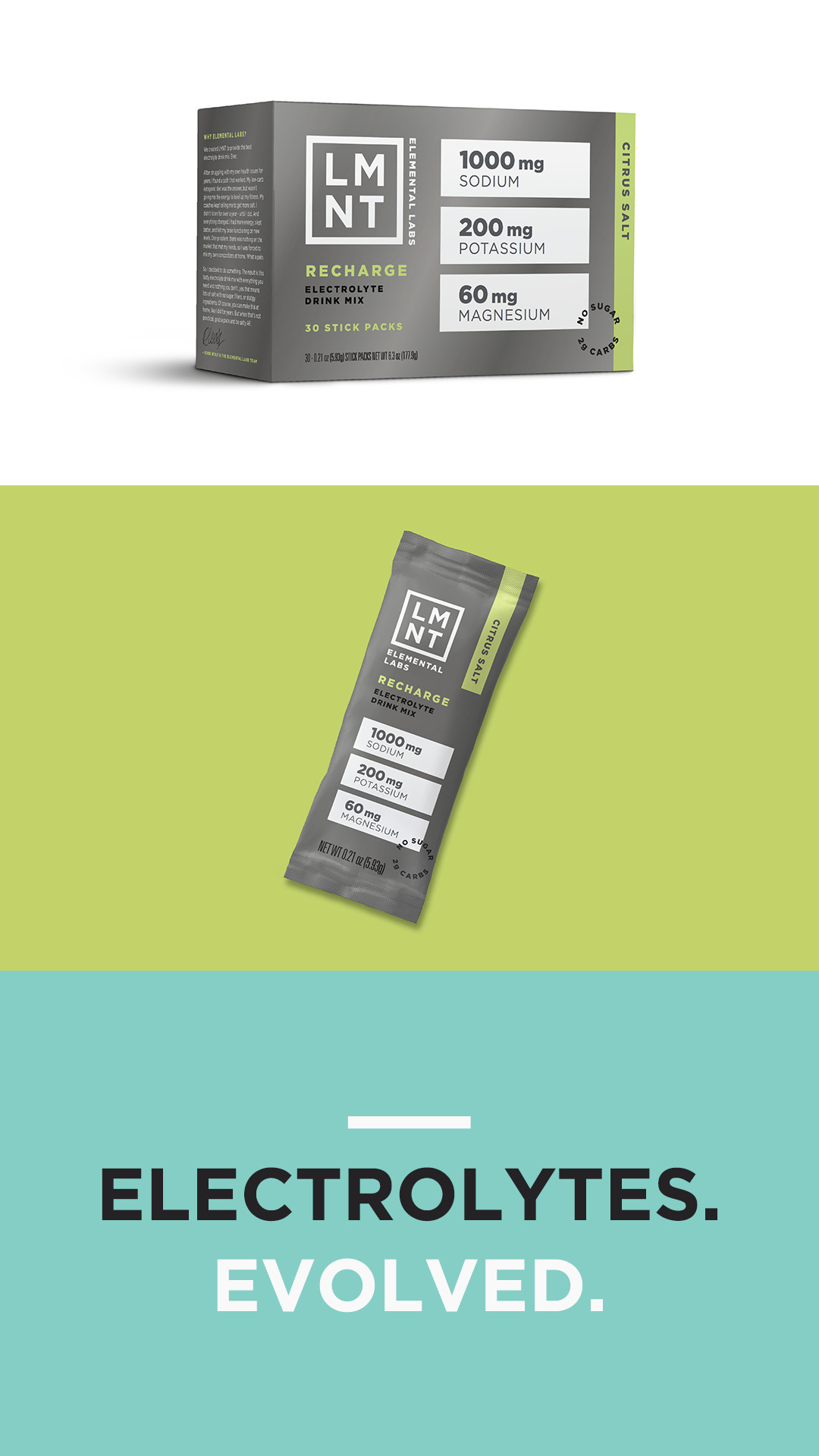
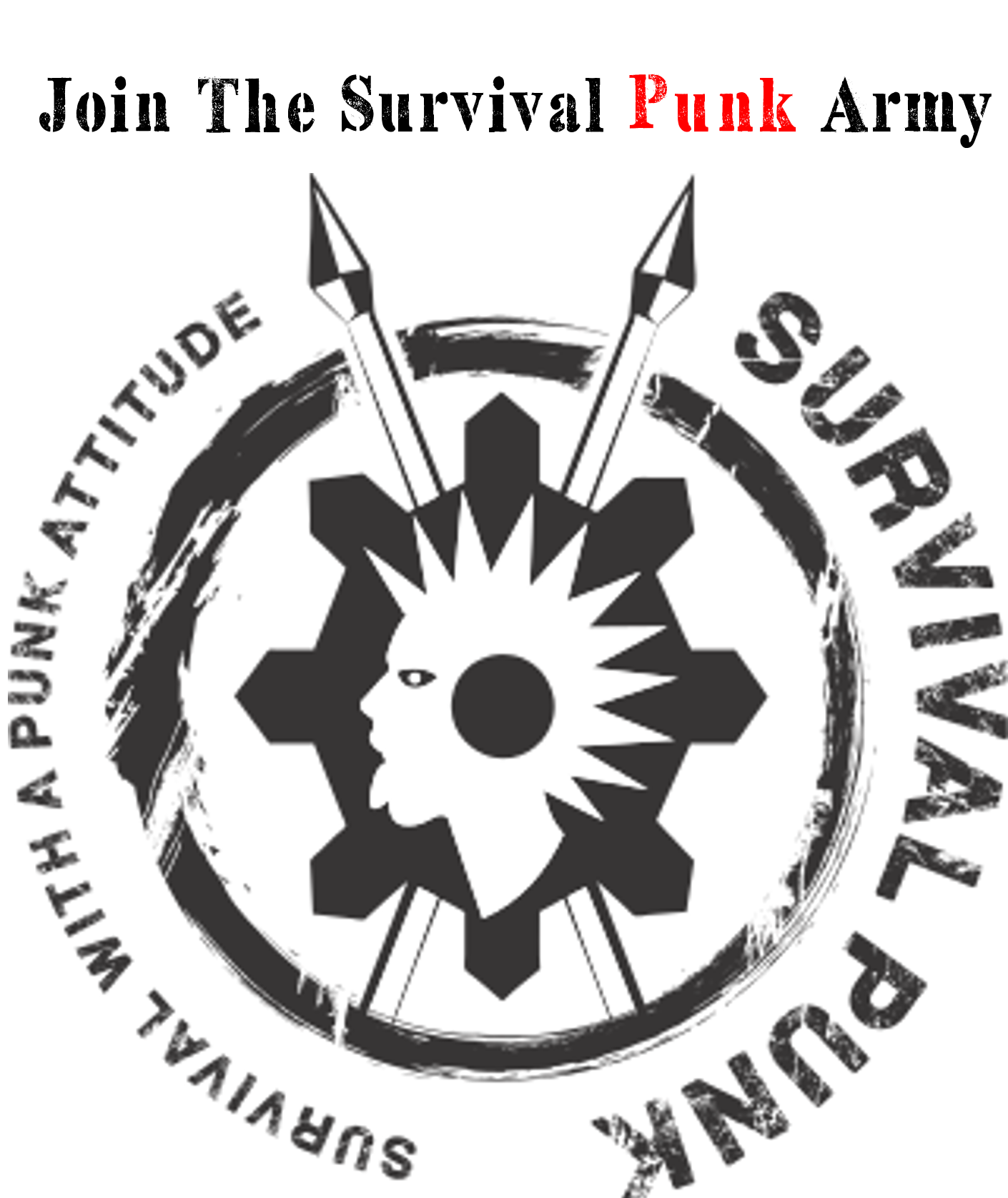

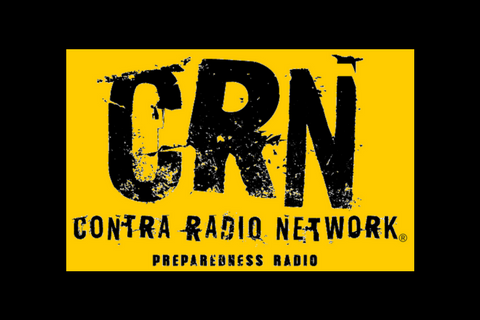

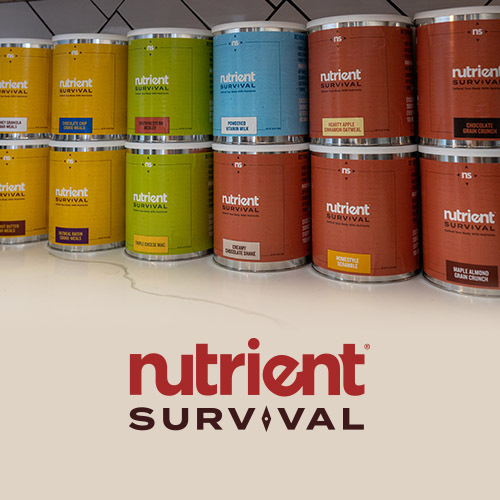
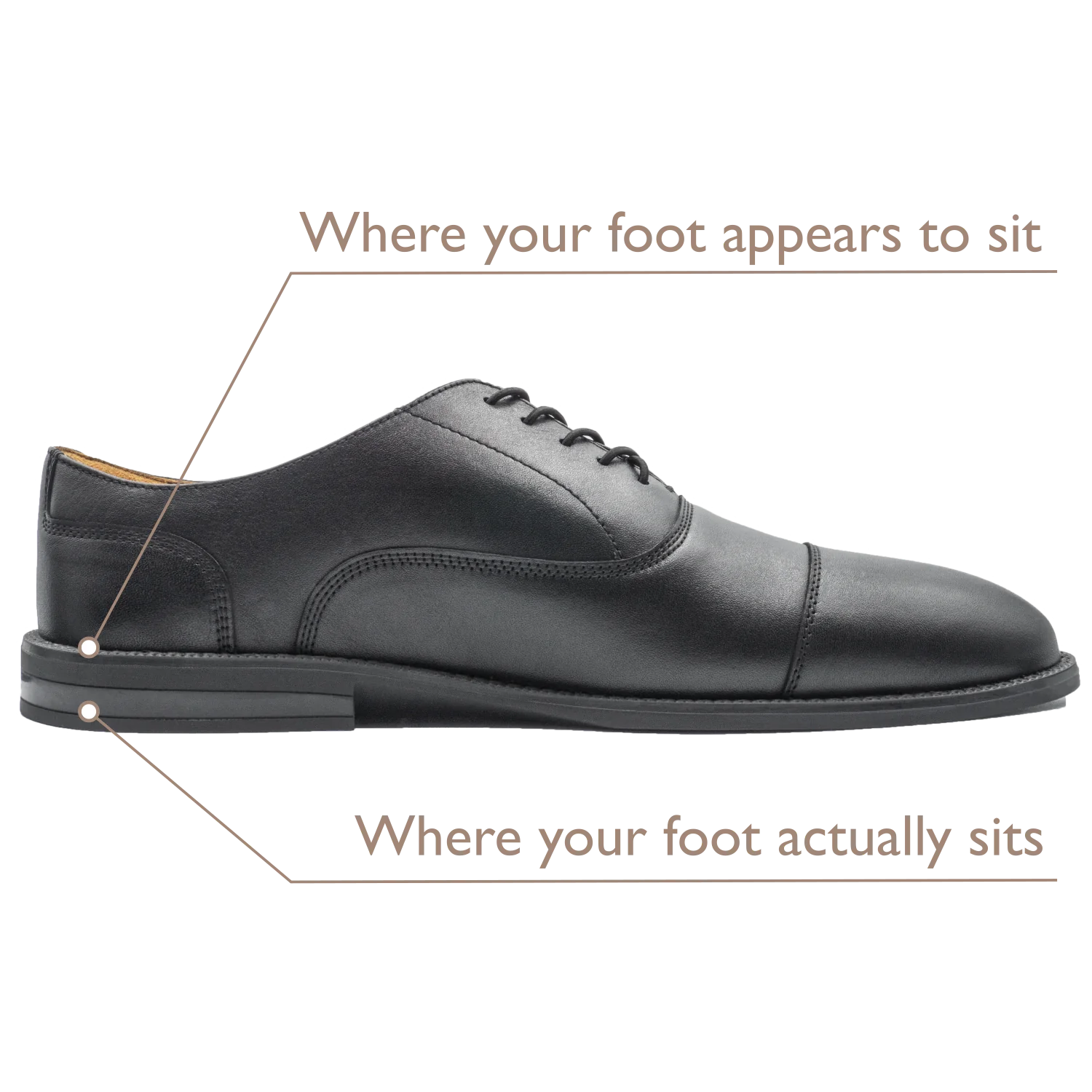
Follow Us!